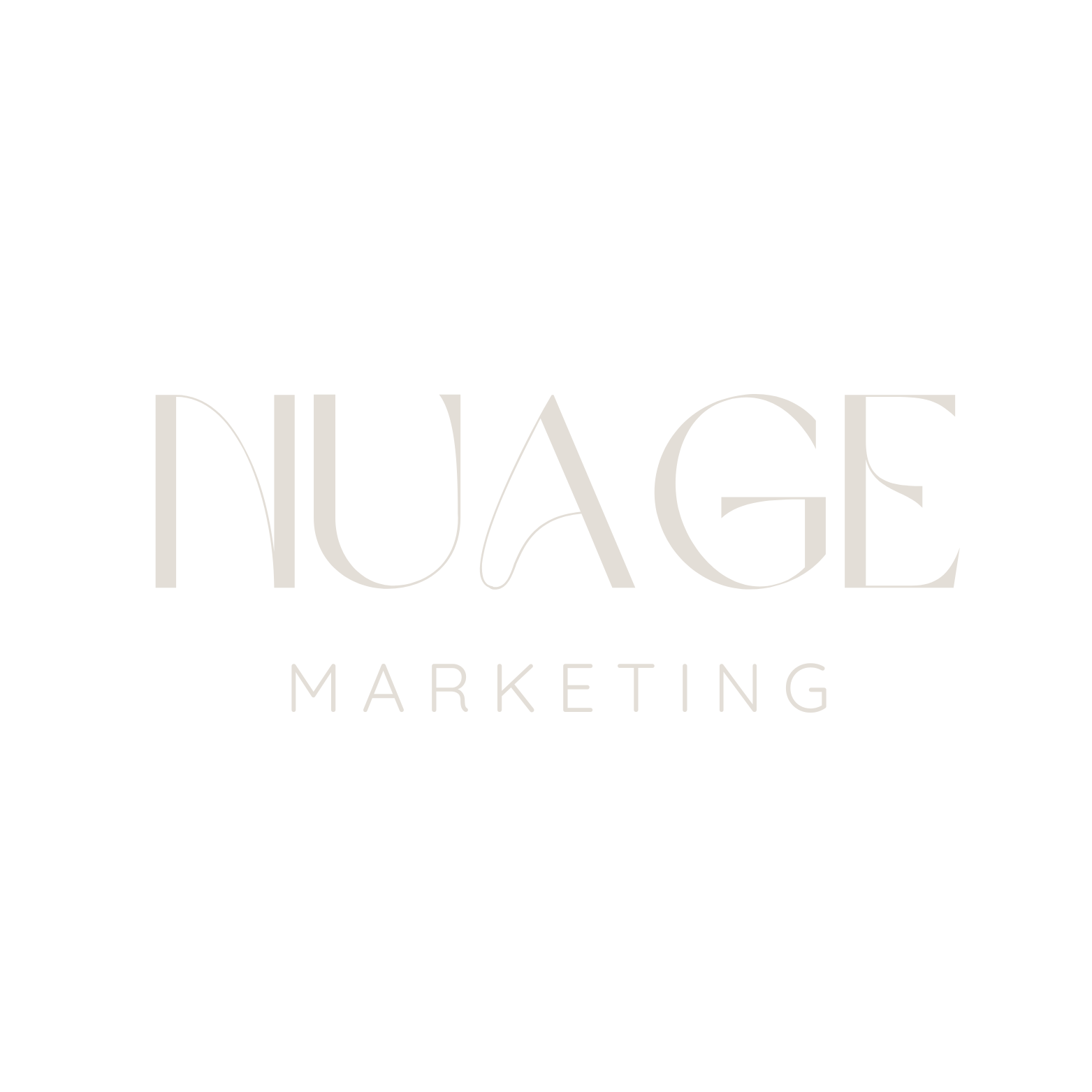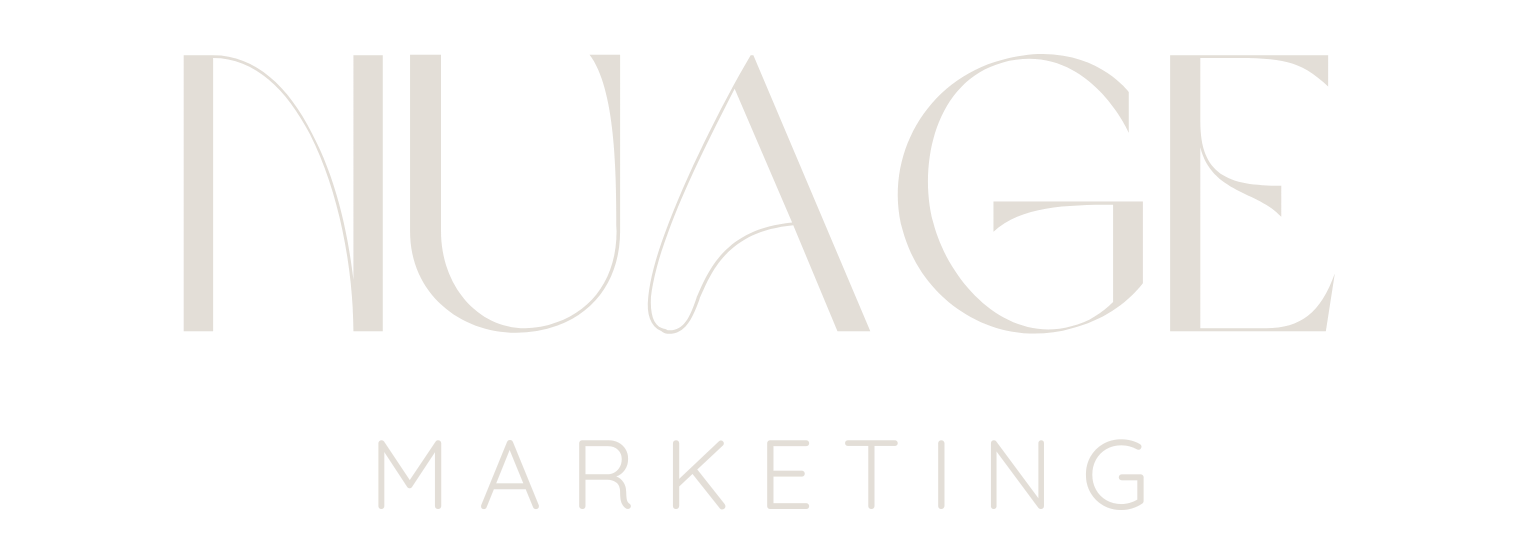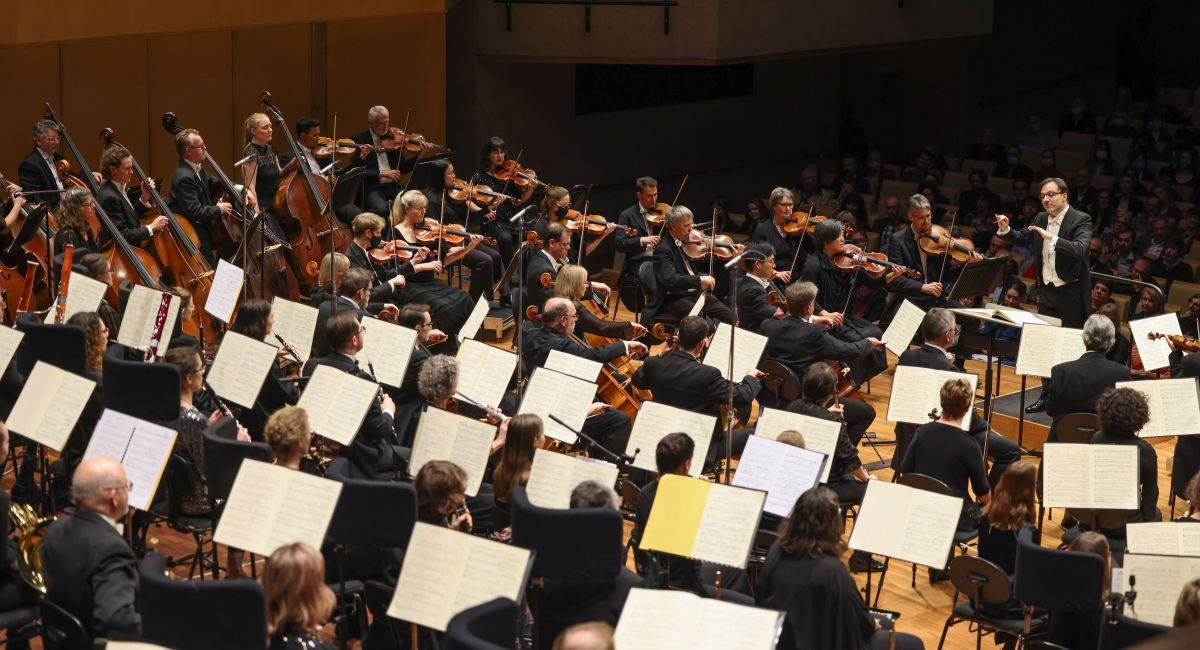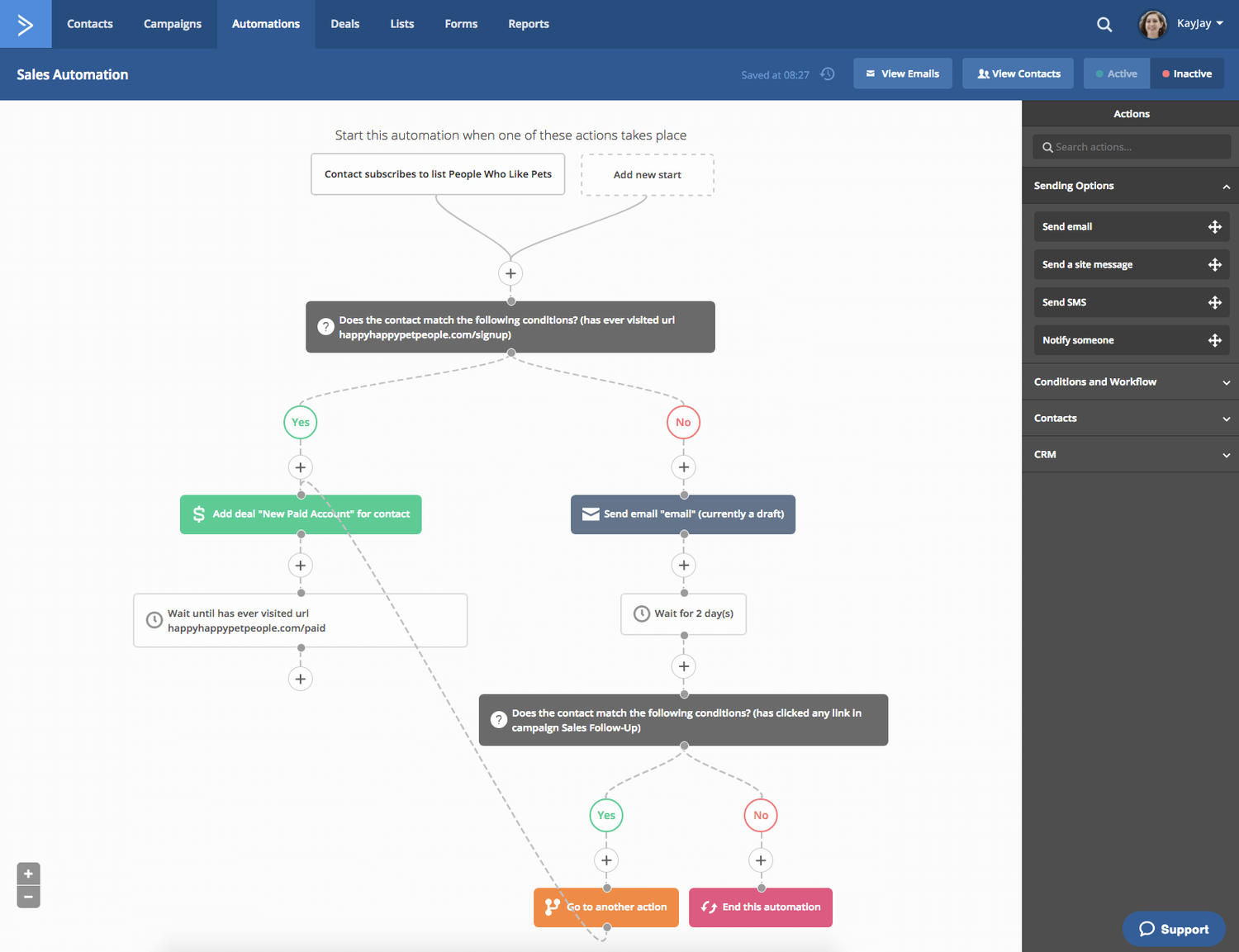You’re posting regularly. You’re on the right platforms. Your visuals are clean. But still, engagement is low, conversions are unclear, and the whole thing feels like it’s ticking a box, not moving the needle.
Sound familiar?
That was exactly the case with Premier Group, a multi-brand liquor retailer in New York. With four stores, multiple websites, and active accounts across Facebook, Instagram, and Twitter, they seemed to be doing everything right. But their results told a different story.
Here’s what we found, and how a more strategic, customer-led approach can turn social media from a passive presence into an actual performance channel.
A High-Volume Presence, but No Real Strategy
Premier Group had all the signs of a committed digital presence - frequent posts, multiple localised accounts, consistent activity. But the strategy behind that activity lacked cohesion.
Each platform operated independently. The Facebook pages for each store used different tones, visuals, and content formats. Instagram, while visually neat, didn’t make use of features that drive discovery and engagement. Twitter was effectively dormant, offering little beyond duplicated posts.
This disjointed approach meant Premier’s social media was present - but not performing.
No SMART Objectives, No Strategic Direction
One of the most obvious gaps was the absence of platform-specific objectives. Premier’s content seemed to aim for visibility, but it wasn’t tied to measurable business outcomes.
There were no defined targets around traffic, conversions, engagement, or retention. Without this structure, there’s no clear way to evaluate success or to justify ongoing investment.
Fragmented Branding Across Platforms
Premier’s social accounts weren’t just inconsistent in tone, they were actively working against one another. Content was often duplicated across store pages without localisation or differentiation. Branding varied in colour, style, and voice.
This fragmentation weakened the overall brand presence and made cross-channel storytelling impossible. Instead of supporting each other, the platforms functioned like silos.
Under-utilised Formats on Instagram
Instagram offered some of Premier’s strongest visual content, well-composed product photos, clean layouts, and on-brand styling. But these assets weren’t leveraged through the formats that drive reach and relevance.
There was limited use of:
- Reels
- Stories
- Highlights
- Branded hashtags
- User-generated content
- Influencer partnerships
Without these, Premier was missing key opportunities to build discovery, connection, and trust, particularly with under-45 audiences.
Low Engagement, Despite Regular Posting
Despite strong follower counts (ranging from 1,500 to 4,000), Premier’s engagement was consistently low, typically under 1% per post on both Instagram and Facebook. This is well below the industry benchmarks of 1.2–3% on Instagram and 1.5–2.5% on Facebook (Hootsuite, 2023; Sprout Social, 2023).
The likely causes:
- Repetitive promotional content
- Minimal interactivity
- No audience segmentation
- No call to action beyond “shop now”
High post frequency wasn’t translating into high impact, because the content lacked variety and depth.
Surface-Level Metrics, No Real Insight
Premier tracked reach and follower growth, but not the metrics that matter most.
To understand what’s actually working, retail brands should be tracking:
- Post engagement rate (interactions ÷ reach)
- Saves and shares
- Profile visits
- Link click-throughs
- Reels views and completions
- Story tap-through and completion rate
These behavioural signals provide real insight into content resonance and conversion potential. Without them, decisions are made on guesswork.
No Structured Customer Journey
Perhaps the most critical issue was the absence of a customer journey framework. Users were seeing posts, but there was no content path guiding them through awareness, consideration, purchase, and loyalty.
Premier’s channels weren’t connected to CRM, loyalty programs, or tailored follow-up. Once someone engaged, there was no next step, and no way to move them further through the funnel.
A future-state model would include:
- Reels and Stories to build awareness
- Carousels, polls, and educational content for consideration
- Clear CTAs and event sign-ups to drive conversion
- UGC, reviews, and reposts to build loyalty and advocacy
Strategic Recommendations
- Set SMART Objectives per Platform
Every channel needs clear, measurable goals tied to business outcomes. - Map Content to the Customer Journey
Plan posts based on where your audience is, from discovery to action. - Use the Right Formats
Reels, Stories, and video content consistently outperform static posts in retail. Prioritise them accordingly. - Focus on Metrics That Matter
Track engagement rate, saves, profile taps, click-throughs, and Reels views to build a content performance model based on behaviour, not assumptions. - Build a Dashboard
Use Meta Business Suite or Google Looker Studio to create a weekly performance report, making strategy adjustments in real time. - Improve Web-to-Social Integration
Link posts to mobile-optimised landing pages with clear messaging and streamlined conversion pathways.
Final Takeaway
Premier Group wasn’t struggling because they weren’t active, they were struggling because their activity wasn’t anchored in strategy.
Their challenge wasn’t a lack of content. It was a lack of cohesion, performance tracking, and customer journey alignment.
If your brand is posting consistently but not seeing results, it may be time to step back and ask: is this content doing anything? And more importantly, what would it take to make it perform?
Want to find the gaps in your own strategy?
We offer a free 30-minute consultation.





